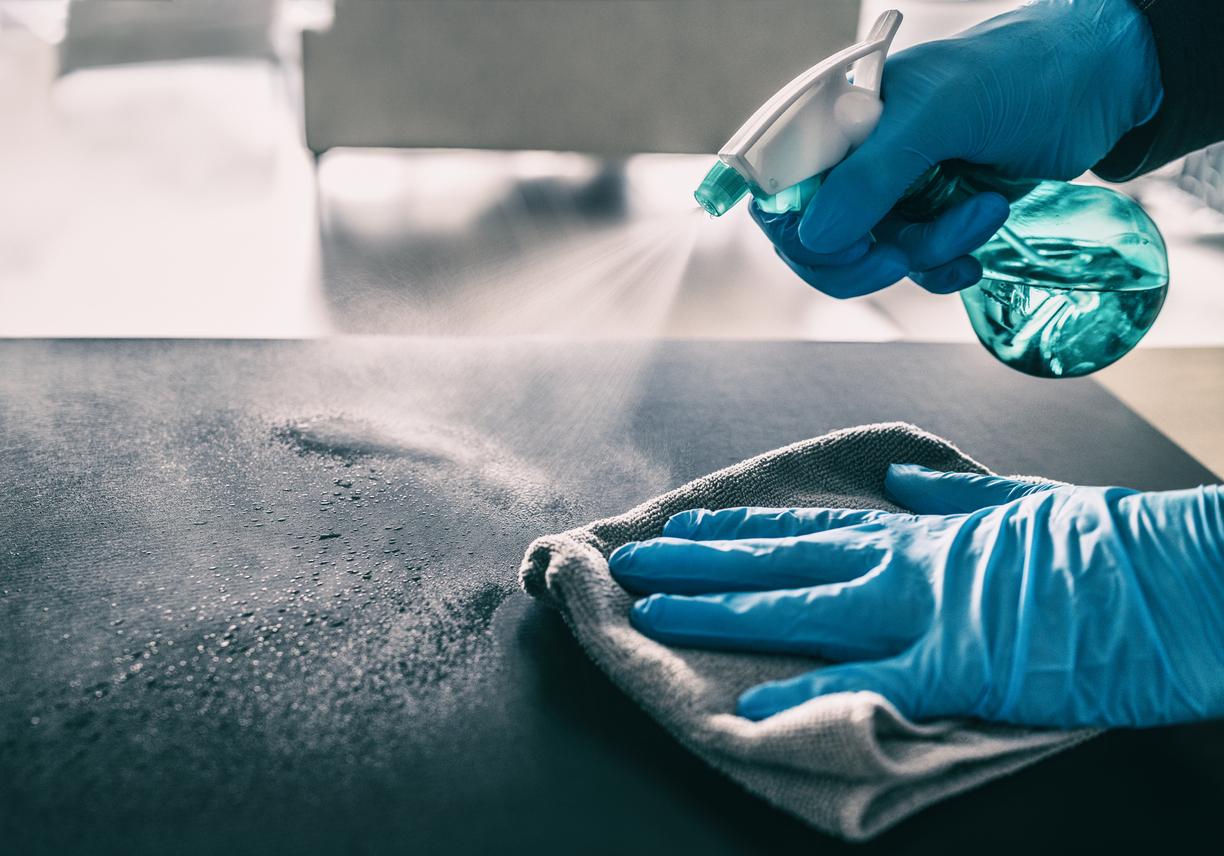A new zoo opened last week in Amsterdam. But in this one you won’t find lions, giraffes, rhinos … but thousands of microbes.
The idea germinated 12 years ago in the mind of Haig Balian, director of the Royal Artis Zoo in Amsterdam.
“Zoos tend to show only part of nature, namely large animals,” Haig Balian told AFP, “today we want to show micro-nature. “
Because if we often consider them harmful and vectors of disease, microbes are also very useful to terrestrial life, and constitute two thirds of the organisms of our planet. According to Haig Bailan, they would even represent the future of humanity, if one took the trouble to look more deeply into them.
“The interest in microbiology will never increase if we leave it in the dark, leaving it to a few experts, assures the creator of the zoo, here we want to show visitors that everything is linked in nature and that microbes play a fundamental role. “
And to do this Haig Bailan did not skimp on the means, since the zoo would have cost in total around 10 million euros.
Amazing interactive tools
Most of the zoo was thought of as a laboratory: several rows of microscopes, connected to giant screens, present all kinds of microorganisms. Further on, a “real” laboratory allows visitors to observe the methods of cultivating microbes. A giant model of Ebola virus the origin of the epidemic raging in West Africa is also exposed.
But the greatest originality of this zoo lies above all in its interactive side, created so that we realize that microbes surround us. For example, a microbe scanner reveals to those who want to be examined the number of microorganisms present on their body, and their precise locations. The human body would thus have 1.5kg of microbes, without which he could not live.
For the more in love, the “kiss-o-meter” will indicate how many microbes will have been exchanged during a kiss, enough to see things from another angle …
Already used to produce bio-fuels, antibiotics or for agriculture, bacteria, mushrooms and virus seem more than ever to arouse interest, as their number and their potential applications are important.


















